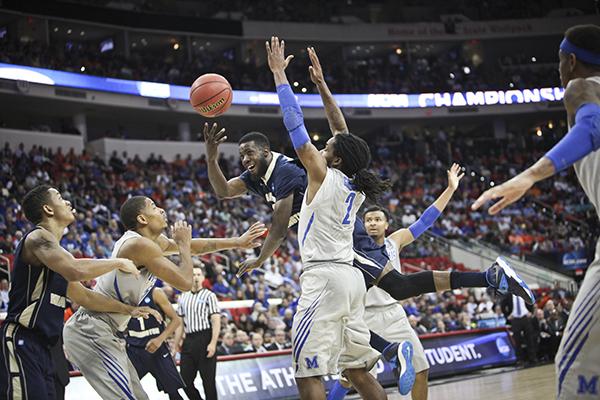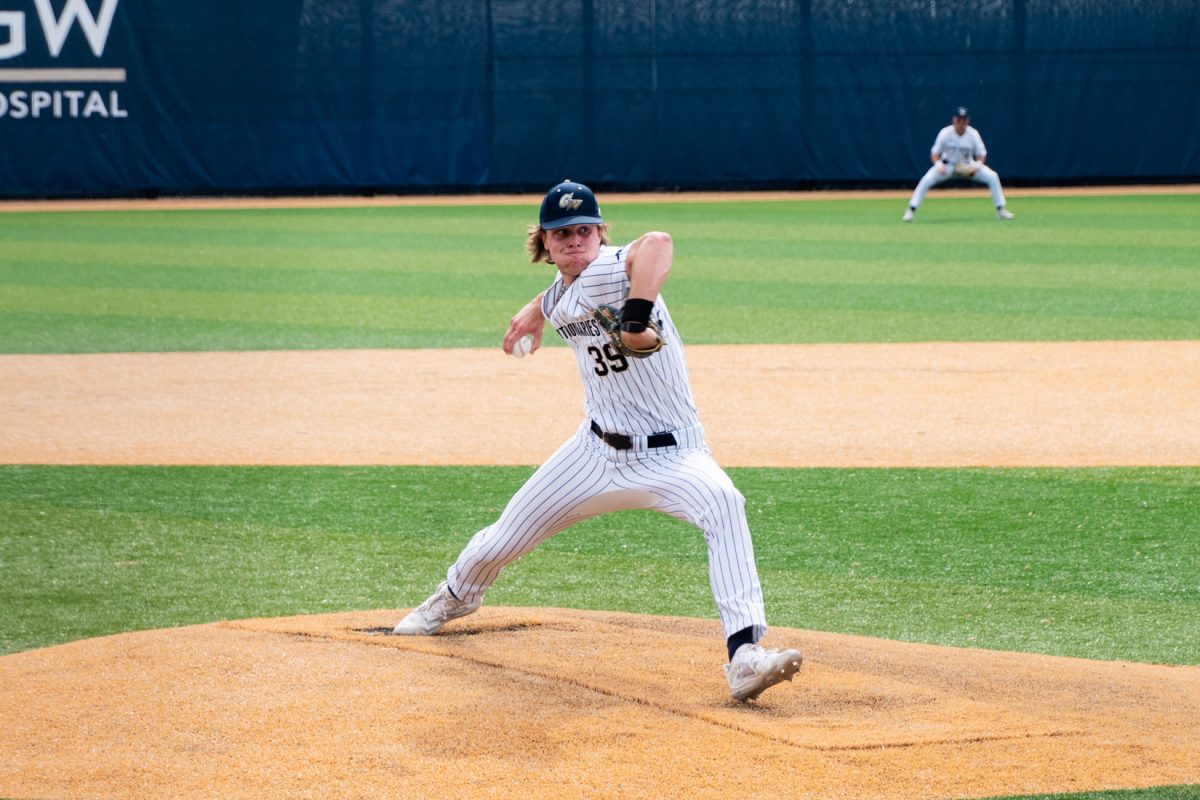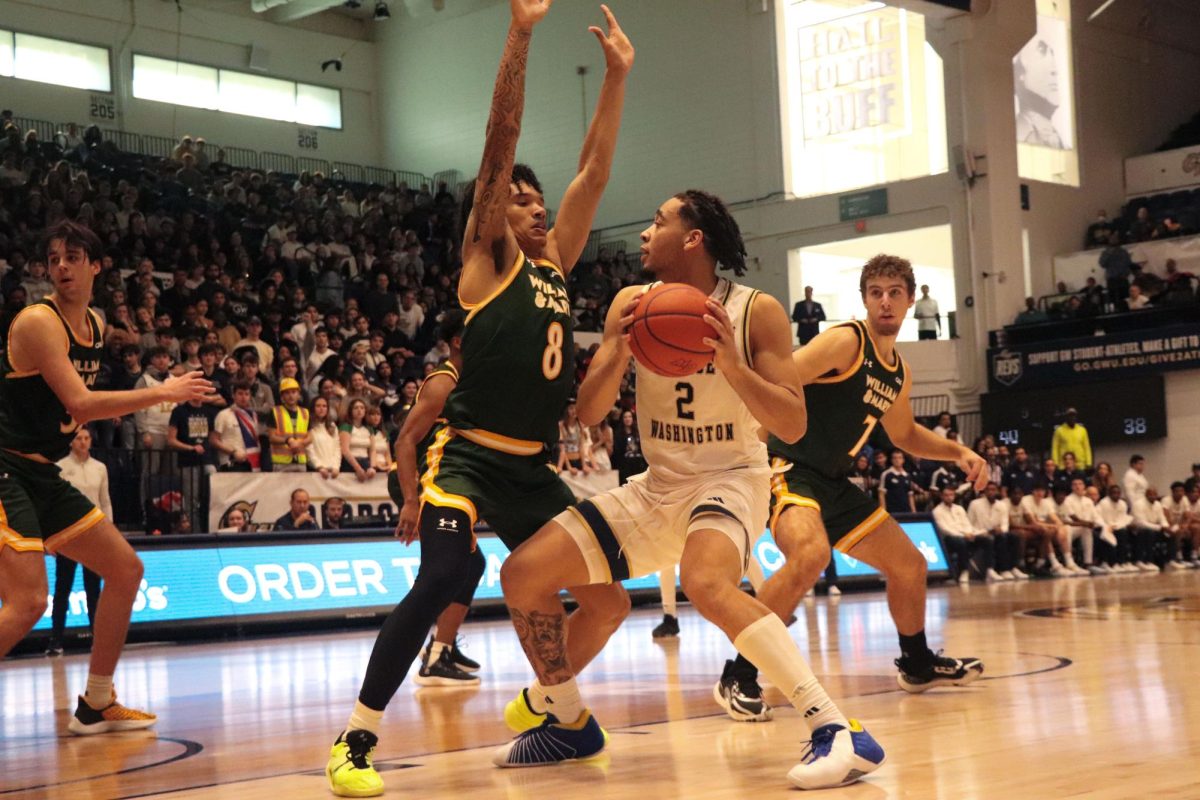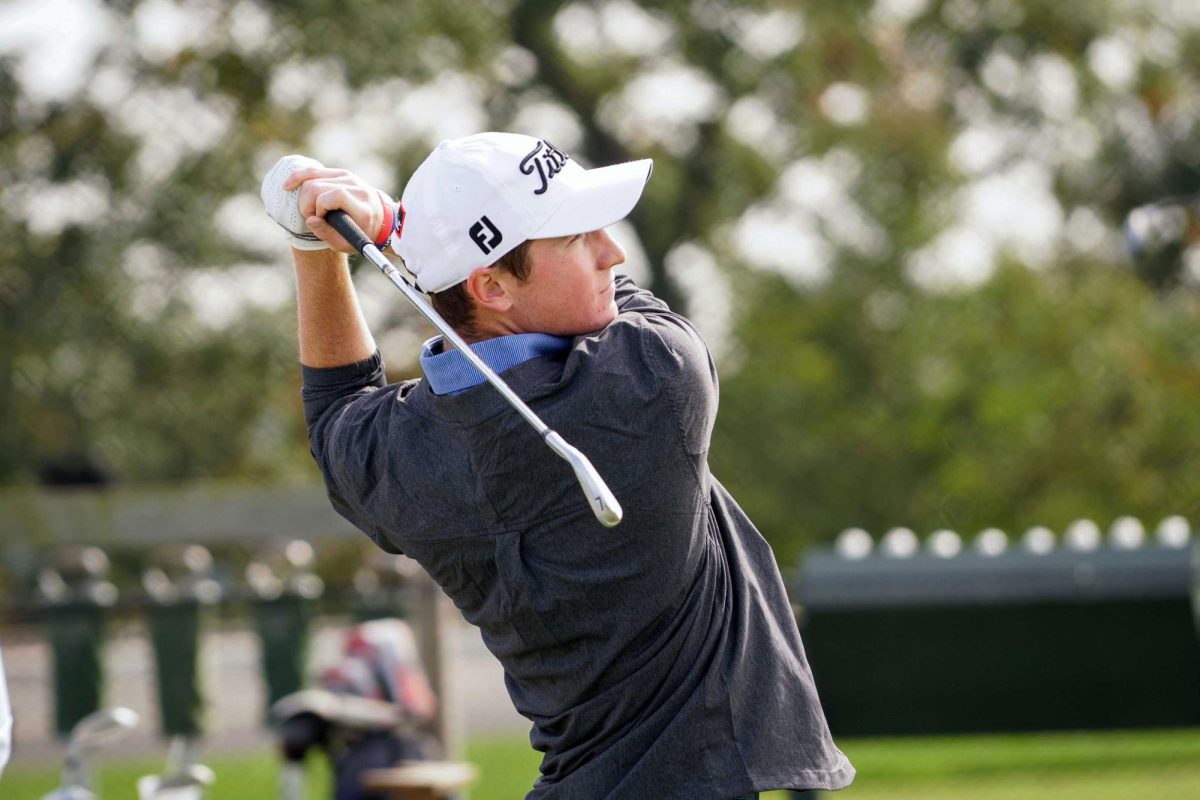
Men’s basketball players hung up their jerseys in March, but Isaiah Armwood still spends many of his mornings on the floor of the Smith Center.
The lanky 23-year-old is taking the weeks leading up to the NBA draft and Summer League to train, fly across the country to work out for teams and play in highly-scouted showcases to promote himself as a player worthy of a professional contract.
It’s a hard sell: Just two percent of NCAA athletes end up playing professionally, and the June 26 draft will call just 60 names from one of the largest and deepest draft classes in recent history. Undersized for his position and considered too old in what is deemed a young man’s draft, it’s unlikely Armwood will hear his name called, forcing him to search for a different way to make an NBA roster.
Every step in the process is meticulously planned, but the end of Armwood’s journey remains unclear. He could make an impression on a team and land an invitation to training camp in the fall, but if Armwood does not make it to the NBA, he will likely have to decide between playing in the NBA Development League and playing overseas.
Armwood has had his sights set on the NBA for long as he can remember, but the Colonials 24-win season and first tournament appearance in seven years helped thrust the Villanova transfer into the sights of professional scouts.
“This year we started winning, started gaining more attention and a lot of scouts started coming to my games, talking to my coaches and things like that, and it just started to build,” Armwood said. “That’s when it actually became a possibility for me to do it.”
Since the men’s basketball team bowed out of the 2014 season in the first round of the NCAA tournament against Memphis, Armwood, one of the most impactful players in program history, has continued working out with men’s basketball assistant coach Maurice Joseph to polish his overall game and appeal to the needs of professional organizations.
Selling a product
Armwood and his agent, Pedro Power, must determine how to best generate interest from NBA teams with a range of criteria. At 6’7” and 200 pounds, Armwood is a few inches shorter and 25 pounds lighter than the league’s average power forward. Armwood also lacks the outside-shooting ability of a small forward, which makes him a misfit by league standards.
“If he wants to get to the NBA, he’ll have to show that he can play on the perimeter both on offense and on defense, so he’ll have to work on shooting and ball handling and being able to guard quicker players,” NBAdraftblog.com owner and analyst Ed Isaacson said.
Men’s basketball head coach Mike Lonergan said Armwood could improve his guard skills to develop into a small forward. He pointed to Armwood’s defensive stand against projected lottery pick Doug McDermott during a Creighton game on Dec. 1, when Armwood helped hold McDermott to seven points – his lowest total of the year.
“I would sell him as a lockdown defender who can guard a small forward or a power forward, and I would really try to say he’s really improved in college each year and try to sell them on that improvement will continue,” Lonergan said.
Armwood would likely mesh best with an up-tempo offense like the Sacramento Kings, Denver Nuggets or Houston Rockets, where his athleticism would shine and the quick pace would protect him from having to muscle out larger, stronger players, Isaacson said.
Earlier this month, Armwood worked out for the Kings in California. The closed-gym workout sessions typically host about six prospects for a skills-and-drills showcase in front of a team’s coaching staff.
“They want to see if we can do certain things: shoot the ball, shoot the ball from NBA range, handle the ball, see if we’re in shape. That’s a lot of it,” Armwood said. “So far I think I did a real good job because I just kept going. That’s just how I play, so that’s a good thing for me, it fits my mode.”
Most workouts feature a college star and a group of lesser-known players. Armwood would fall into the latter group, so while he may not be the focus, he benefits from the session if he can stand out from the other players.
“I think the workouts are good for him because usually you go in with these guys who are supposed to be high picks, so I just told him to study their games,” Lonergan said. “Watch what they do and just be very prepared and just try to kick their butts and be noticed.”
Armwood’s agent represents a strong crop of NBA hopefuls, including Louisville’s Luke Hancock, which could open doors for all his clients. By the end of the draft process, Armwood will likely be able participate in workouts with ten to 12 more teams, Isaacson said.
In April, Armwood competed at the Portsmouth Invitational Tournament as one of 64 college seniors invited to the showcase that hundreds of scouts attend. He dominated the lane agility athletic testing and was able to show off his mid-range jumper, inside scoring, touch off the boards and defensive prowess.
Professional alternatives
If Armwood is not drafted in June, he will continue to train in the hopes of earning an invitation to join an NBA Summer League team. There, if Armwood can impress an NBA organization, he could go to a team’s training camp in the fall.
If Armwood doesn’t receive an invite, he has two more places where he can play – the NBA Development League or abroad.
The D-League is often the fastest route for young players to the NBA as organizations keep tabs on teams closer to home. But playing internationally, most commonly in Europe, would likely yield a higher salary and, depending on the league, could present better competition for Armwood to develop his skill set.
If Armwood signs a professional contract by the end of the summer, he would join a handful of other GW alumni who’ve had professional careers. Tony Taylor, who graduated in 2012, signed to play in Poland last August after a successful year in the D-League. Pops Mensah-Bonsu, who currently plays in Turkey, spent several seasons on multiple NBA rosters including the Dallas Mavericks, San Antonio Spurs and Houston Rockets.
“I think I have a really good shot,” Armwood said. “I think if I get that opportunity to compete I’ll definitely showcase myself and I’ll put myself in a great position.”








